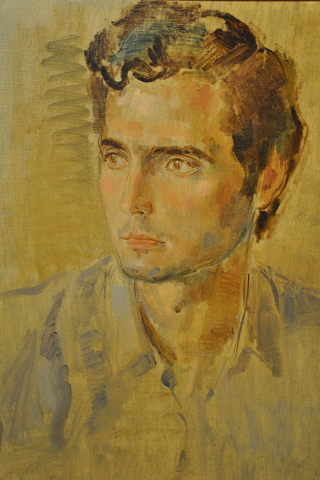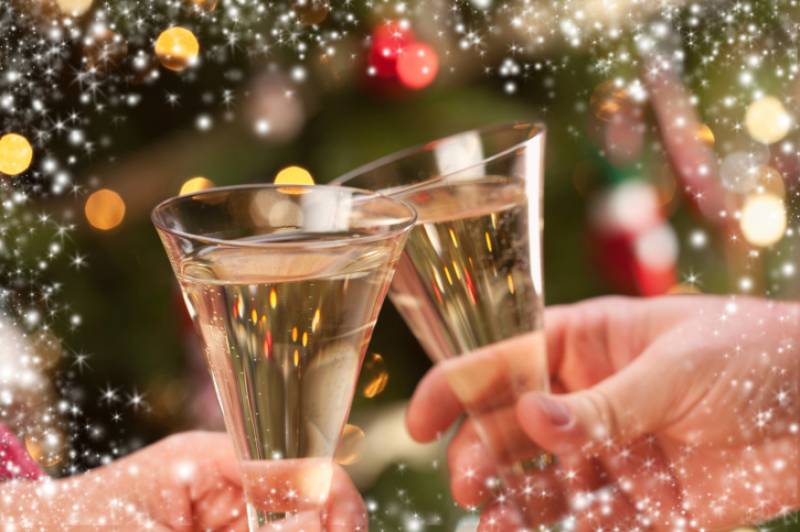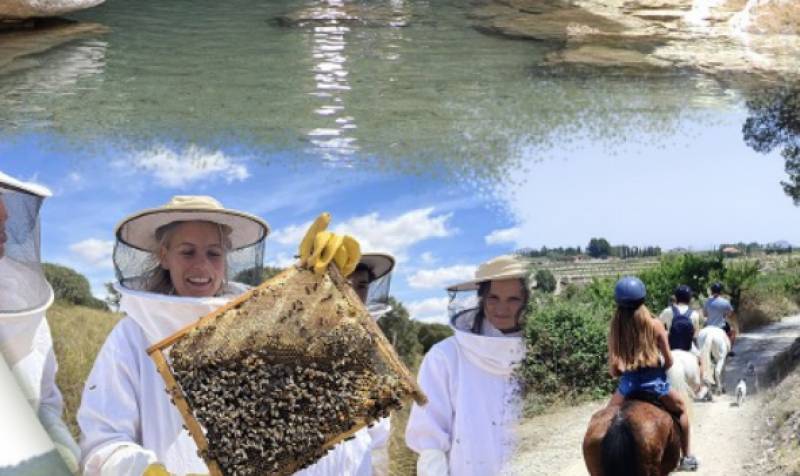- Region
- Águilas
- Alhama de Murcia
- Jumilla
- Lorca
- Los Alcázares
- Mazarrón
- San Javier
-
ALL AREAS & TOWNS
- AREAS
- SOUTH WEST
- MAR MENOR
- MURCIA CITY & CENTRAL
- NORTH & NORTH WEST
- TOWNS
- Abanilla
- Abarán
- Aguilas
- Alamillo
- Alcantarilla
- Aledo
- Alhama de Murcia
- Archena
- Balsicas
- Blanca
- Bolnuevo
- Bullas
- Cañadas del Romero
- Cabo de Palos
- Calasparra
- Camping Bolnuevo
- Campo De Ricote
- Camposol
- Canada De La Lena
- Caravaca de la Cruz
- Cartagena
- Cehegin
- Ceuti
- Cieza
- Condado de Alhama
- Corvera
- Costa Cálida
- Cuevas De Almanzora
- Cuevas de Reyllo
- El Carmoli
- El Mojon
- El Molino (Puerto Lumbreras)
- El Pareton / Cantareros
- El Raso
- El Valle Golf Resort
- Fortuna
- Fuente Alamo
- Hacienda del Alamo Golf Resort
- Hacienda Riquelme Golf Resort
- Isla Plana
- Islas Menores & Mar de Cristal
- Jumilla
- La Azohia
- La Charca
- La Manga Club
- La Manga del Mar Menor
- La Pinilla
- La Puebla
- La Torre
- La Torre Golf Resort
- La Unión
- Las Palas
- Las Ramblas
- Las Ramblas Golf
- Las Torres de Cotillas
- Leiva
- Librilla
- Lo Pagan
- Lo Santiago
- Lorca
- Lorquí
- Los Alcázares
- Los Balcones
- Los Belones
- Los Canovas
- Los Nietos
- Los Perez (Tallante)
- Los Urrutias
- Los Ventorrillos
- Mar De Cristal
- Mar Menor
- Mar Menor Golf Resort
- Mazarrón
- Mazarrón Country Club
- Molina de Segura
- Moratalla
- Mula
- Murcia City
- Murcia Property
- Pareton
- Peraleja Golf Resort
- Perin
- Pilar de la Horadada
- Pinar de Campoverde
- Pinoso
- Playa Honda
- Playa Honda / Playa Paraíso
- Pliego
- Portmán
- Pozo Estrecho
- Puerto de Mazarrón
- Puerto Lumbreras
- Puntas De Calnegre
- Region of Murcia
- Ricote
- Roda Golf Resort
- Roldan
- Roldan and Lo Ferro
- San Javier
- San Pedro del Pinatar
- Santiago de la Ribera
- Sierra Espuña
- Sucina
- Tallante
- Terrazas de la Torre Golf Resort
- Torre Pacheco
- Totana
- What's On Weekly Bulletin
- Yecla


- EDITIONS:
 Spanish News Today
Spanish News Today
 Alicante Today
Alicante Today
 Andalucia Today
Andalucia Today
Murcia, The Museo Ramón Gaya, visiting the works of Murcia's famous native artist.
Where to go in Murcia, Museo Ramón Gaya
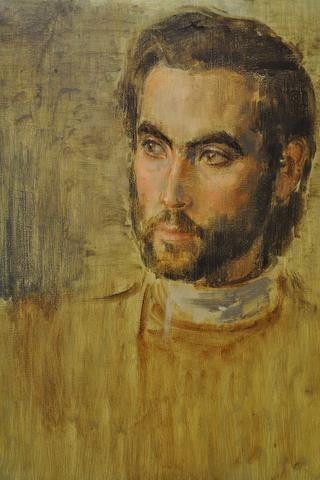
A little information about Ramón Gaya.
Born in 1910, he showed a prodigious talent, exhibiting in 1920 in a regional Fine Arts Society exhibition and by the age of 18 was in Madrid, mixing with some of the best-known names of the artistic set, the Generation of 27, a group of young poets and artists who revolutionised poetry and art, and boasted characters such as the poets Federico Garcia Lorca, murdered in the Spanish Civil War and Pedro Salinas, artists Pedro Flores, moving in the orbit of the heady art revolution , with Picasso and Dali, all of whom he knew.
Spanish art was fashionable and vibrant, making headlines around the world for its creativity and modernism.
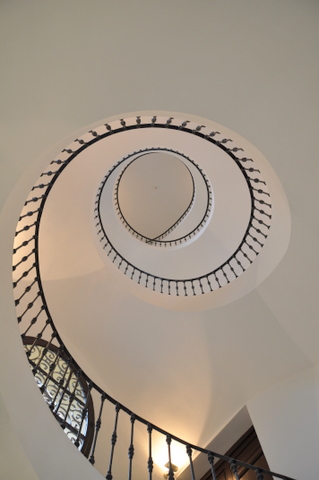
During the Spanish Civil War, 1936, many artists fled, were imprisoned or as in the case of Lorca, murdered, and following the death of his wife in a bombing raid, Gaya was imprisoned in a French prison camp. From there he fled to Mexico, and along with other Spanish artistic figures was exiled, a state in which he remained for more than 20 years, spending much of his time In Italy and Paris.
By the 1970s , he was once again exhibiting In Spain and throughout Europe, writing and painting, with several publications to his name, his art acclaimed within Spain where he was awarded the Gold Medal for Fine Arts by the Spanish government.
He continued to exhibit and write until his death in 2005.
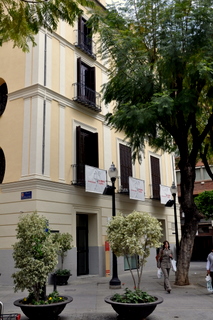
Looking at the canvases evokes that feeling of tired familiarity, like going to visit a favourite great aunt, who always had a few flowers In a vase on her side table, every photo worn smooth through a lifetime of polishing, the air with a hint of must, and although everything was Immaculately clean, it was old, worn, faded, and softly antiquated.
That's what these pictures are, memories, recuerdos is the Spanish word, keepsakes of sunny afternoons and faded moments, an intimate admission Into the consciousness of the artist, an Indulgence which Is astonishingly difficult to achieve without appearing faked.
Museum Ramón Gaya, Plaza Santa Catalina.
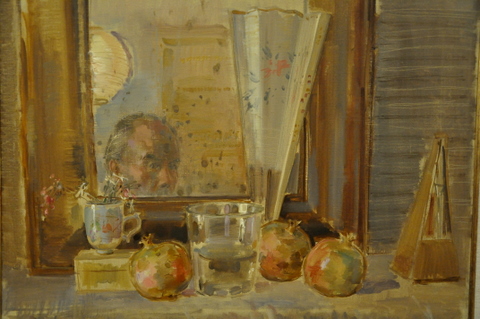
On the ground floor is a temporary exhibition which exhibits his extraordinary skill at capturing the personality of a sitter with just a few strokes, minimal paint, maximum effect, Gaya having a talent for saying so much with the use of so little.
Sadly the text which accompanies the canvases is in Spanish, and is quite difficult to translate literally, as Gaya 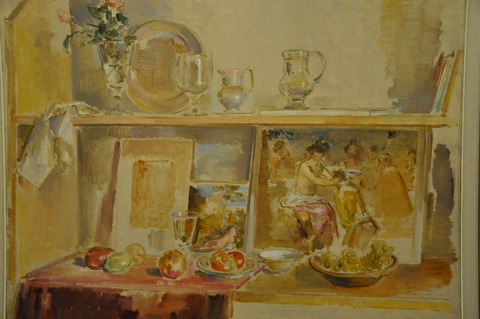
He saw depth and soul where many would see only roughly applied paint, and much of the text in the museum is given over to the wonderment he felt when beholding art and his own feelings about the process of creating it.
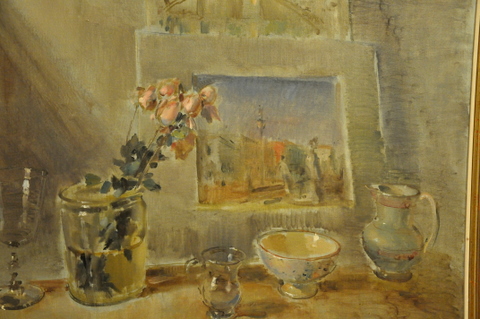
Walk into a gallery with 100 pieces by 100 artists and his would stand alone, so distinctive is the way he uses his paint, creates a suggestion instead of a supposition, and the feeling of peace and harmonious composition every work evokes.
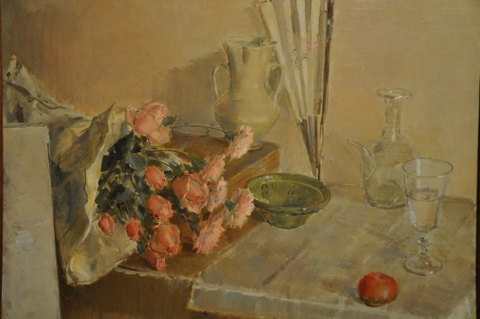
Museum Ramon Gaya, Murcia, Location and Opening Times
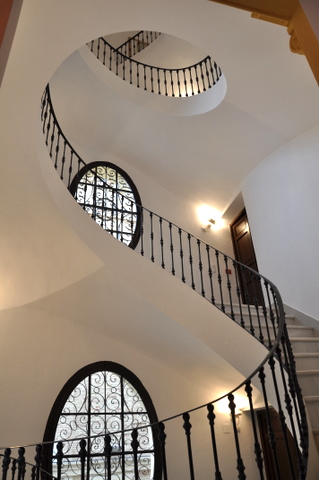
Murcia
Click for map, Museo Ramon Gaya
Telephone: 968 221 099
Fax: 968 221 031
Opening Times
Monday-Saturday 10-2 and 5-8
Sunday 11-2pm
Summer Opening Hours ( June to September)
Monday to Friday 10-2 and 5-8pm
Closed Saturday and Sunday.
Entry is free of charge.
